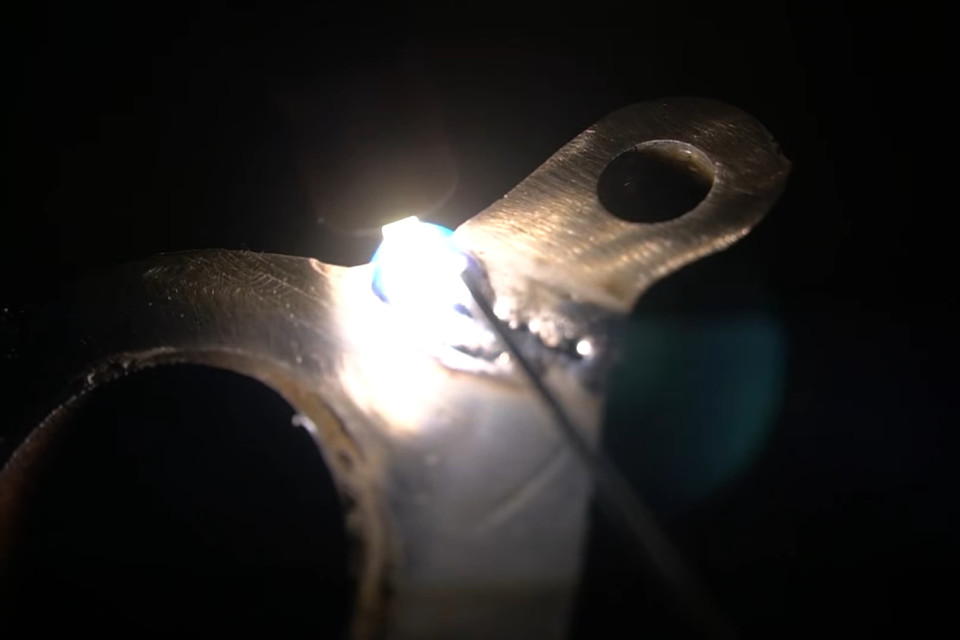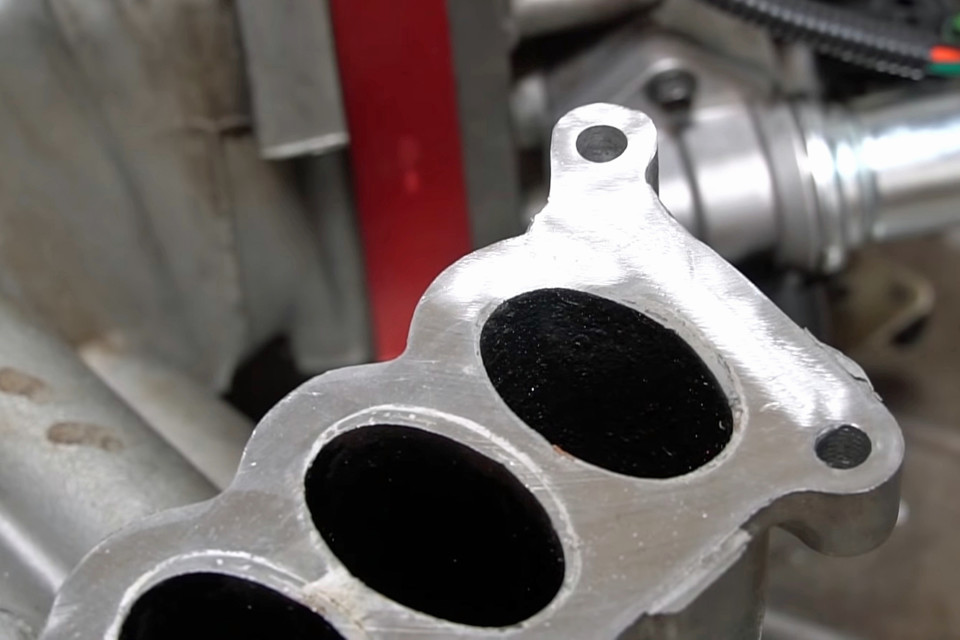Previously, we’ve brought you a video from Justin at The Fabrication Series on crafting tubing junctions and transitions. This time, he’s put together a video on one of the more challenging projects you are likely to encounter – welding on cast aluminum.
Welding any cast metal is generally a challenge, because cast metal production parts, especially OEM automotive parts, are done in a high-volume production setting. That means that more than likely,the purity of the metal used is suspect, along with the high potential for porosity.
Obviously, moving to aftermarket parts from companies who pride themselves on the quality of their castings (like Edelbrock, for example), that’s not the case. However, for a production Ford 351 intake manifold (like the one in the video), there are a lot of issues that need to be addressed.
In fact, this particular 351 manifold was chosen for the subject of the video because it would pose a challenge. Justin makes these videos to show you how to overcome challenges, not to just make himself look like a rockstar by tackling easy jobs.

One of the key points Justin stresses in the video, is that the key to welding cast aluminum, especially something like this OEM manifold is getting as many of the contaminants (and porosity) out of the material with the arc before adding any filler metal.
Tackling the Casting
“You never really know what the manufacturer used when they cast the part,” says Justin. “Yeah, it’s aluminum, but it’s usually a lower-purity, lower grade of aluminum. It might even have different metals in the mix.”
In addition to the metal itself, Justin points out that a poorly formed sand casting can contaminate some of the molten metal as it’s poured into the mold, with the unknown substrate becoming part of the final product. “Not to mention, these kinds of castings are like a metallic sponge and it traps air in the part. You’ll see all kinds of stuff break free and jump into you weld puddle when you’re welding it,” he explains.
Knowing the issues means that you can develop a process to overcome them, which is what Justin is aiming to do in his video. He covers some of the crucial points of prepping the pieces for repair, which is far more critical, since you aren’t dealing with a nice, even cut like you usually have when fabricating something from scratch.
After covering prep and fitting, Justin goes over the settings on his HTP Invertig 221H welder. For a project like this, the settings are crucial. It’s far more than flipping the switch to AC and setting the amperage, and Justin explains his settings and the reasoning behind each of them in the video.
Once the box is set, Justin strikes an arc and starts explaining the meat of his repair methodology, which can be summarized as, “get the junk out and good metal in.” He also points out that repairs on cast metals aren’t usually pretty, and that structurally sound beats pretty any day of the week.
“Cast is a fickle material. You can’t expect it to always come out perfect,” Justin says. “All we really want is a solid foundation for that new metal to stick to. Don’t expect it to come out looking like dimes all the time, because that’s not really realistic.” We suggest you watch the whole video, whether you’re trying to learn to repair castings, or, like us, are just genuinely interested in the process.

Cast aluminum repairs don’t always come out looking brand new, but that’s not the point of the repair. Cosmetics take a back seat to the structural quality, especially in the case of a repair like this.



